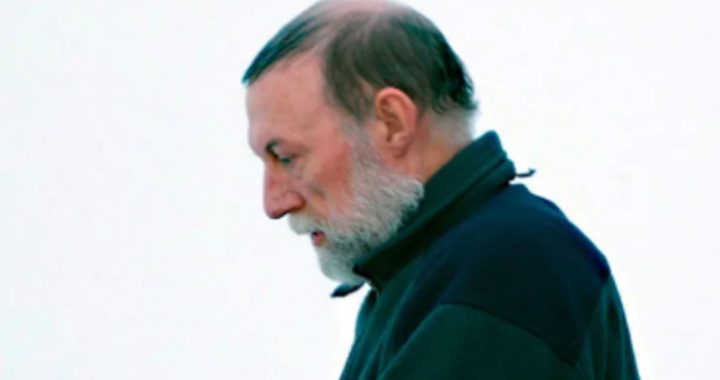A national organization representing children and youth in Canada is calling on governments to address the number of youth suicides in the country.
Death by suicide is the second leading cause of death for young people in Canada.
The Canadian Council of Child and Youth Advocates (CCCYA) say not enough is being done to combat the problem.
“We can no longer tolerate the inaction of federal, provincial and territorial governments,” Del Graff, the Child and Youth Advocate for Alberta, told reporters Tuesday.
“The fact that we’re the only G7 country without a national strategy is telling. The fact that we don’t have a national children’s commissioner in Canada is telling. That fact that we don’t even have a mechanism for complaints about children who have human violations is telling,” he said.
“As Canadians we ought to be able to demand more.”
The group released a new study on youth suicide at its national conference in Winnipeg.
In it they put forward three recommendations for the federal government.
“We call on the government of Canada to develop and implement a fully resourced, national suicide prevention strategy for Canada with designated funding to the provinces and territories to create their own or to support existing strategies where applicable,” said Jackie Lake Kavanagh, the Child and Youth Advocate for Newfoundland and Labrador.
The CCCYA says national data on suicides and attempted suicides is lacking.
The second recommendation calls on Canada to develop and implement a cross-jurisdictional data system and to compel provinces to mandatory report attempted and completed suicides.
“The current landscape on suicide statistics in Canada is fraught with under reporting and inconsistency across jurisdictions,” said Lake Kavanagh.
“This is especially true when it comes to data collection on Indigenous youth suicide.”
There are no recent data examining rates of suicide among Indigenous youth but recent numbers from Statistics Canada show the suicide rate among First Nations people was three times higher than non-Indigenous from 2011-2016.
For Metis it’s two times higher and for Inuit its approximately nine times higher.
How many youth who are in care when they die by suicide is also not known.
But Graff says there is a direct link between the child welfare system and mental health.
“Many of the young people, if not all of the young people, within the child welfare system have experienced some levels of trauma and trauma is an indicator that, in fact, they are going to need to have those additional supports,” said Graff.
“When those supports are not adequately provided we see issues like addictions, mental health concerns, suicide.”
Daphne Penrose’s office tracks the number of child deaths and the circumstances around them in Manitoba.
She is the Advocate for Children and Youth in the province.
From 2017-2018, 20 youth died by suicide. Four were in care at the time of their death.
Penrose said while the child welfare system does play a role, access to mental health resources for all youth is the main issue.
“This is a problem with respect to mental health and wellness of children and the ability for children who are struggling to be able to reach out,” she said.
“There are many kids in this situation who are not involved in the child welfare system.”
Lastly, The CCCYA recommends governments work with Indigenous youth and leadership to develop plans that will reflect what is needed in each community.
The Canada Suicide Prevention Service enables callers anywhere in Canada to access crisis support using the technology of their choice (phone, text or chat), in French or English:
Phone: toll-free 1-833-456-4566, Text: 45645, Chat: crisisservicescanada.ca











A far greater crisis than brown face black face. This is hideously racist!
While leaders squabble,a major crisis in youth suicide is conveniently ignored and forgotten!